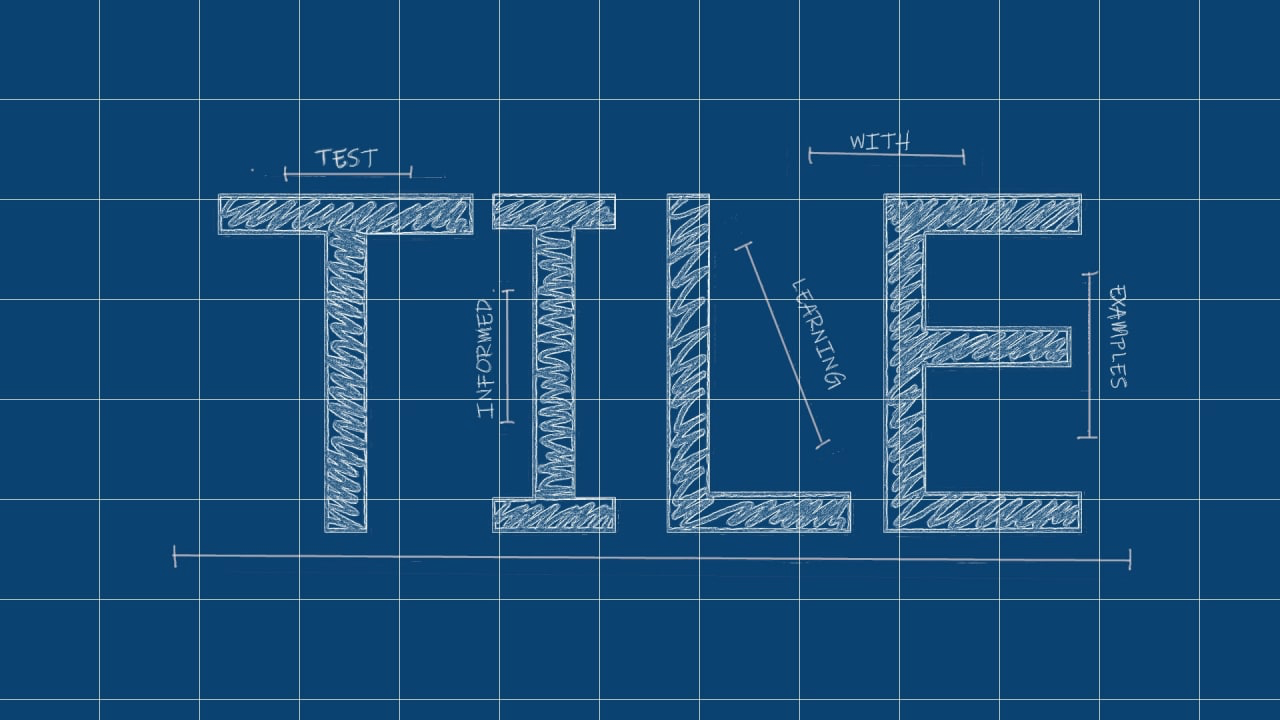Test Informed Learning with Examples

Repository with assignments using the Test Informed Learning with Examples (TILE) method to integrate testing into existing programming courses for free.
Menu
LinkedIN Community
Join our LinkedIN Community.
Cite this work
Use the following BibTeX entry to cite this work:
@INPROCEEDINGS{DVMB2023,
author={Doorn, Niels and Vos, Tanja and Marín, Beatriz and Barendsen, Erik},
booktitle={2023 IEEE Conference on Software Testing, Verification and Validation (ICST)},
title={Set the right example when teaching programming: Test Informed Learning with Examples (TILE)},
year={2023},
volume={},
number={},
pages={269-280},
doi={10.1109/ICST57152.2023.00033}
}
Determine dividers
Implement a program that, given two integers, returns if one is a divisor of the other. To do this, you must detect which is the smallest. You cannot use the division or remainder operation. In your implementation you must also take into account negative numbers and 0 (all numbers are divisors of 0).
For your program, perhaps the abs() function from the Python
standard library is useful. The abs() function returns the
absolute value of the given number. The absolute value of a number
is the value regardless of its sign. Therefore, the absolute of 10
is 10, and hte absolute of -10 is also 10.
Test your program with the following outputs:
>>> %Run
Enter an integer number: 0
Enter another integer number: 0
There are no divisors of 0
>>> %Run
Enter an integer number: 0
Enter another integer number: 2
2 is a divisor of 0
>>> %Run
Enter an integer number: 4
Enter another integer number: 0
4 is a divisor of 0
>>> %Run
Enter an integer number: -5
Enter another integer number: 0
-5 is a divisor of 0
>>> %Run
Enter an integer number: 0
Enter another integer number: -6
-6 is a divisor of 0
>>> %Run
Enter an integer number: 25
Enter another integer number: 5
5 is a divisor of 25
>>> %Run
Enter an integer number: 4
Enter another integer number: 16
4 is a divisor of 16
>>> %Run
Enter an integer number: 3
Enter another integer number: 17
3 is not a divisor of 17
>>> %Run
Enter an integer number: 17
Enter another integer number: 4
4 is not a divisor of 17
Insist that the students test their programs by giving them example
test executions. Note that the test cases have been chosen carefully
to make sure we cover a lot of combinations and take 0 into account.